We all know about outdoor smog, pollen and pollution in general. If it’s smoggy out, our eyes and throats itch. If there is a high pollen count, life can be miserable (trust me, my family knows this well). But guess what, when you are indoors, you don’t hold your breath, do you? You assume the air quality is great, right? Wrong! While windows and fans and HVAC systems frequently filter out dust, particles and pollen from the outside, there are other things that can “pollute” your indoor breathing space. Yes, you can have indoor air pollution. Foobot is a relatively new product (launched in October 2015) that not only monitors indoor air quality, it can notify you of pollution “events” when bad air quality goes above a certain threshold. And now, you can do something about it, either manually or automatically.
Why is indoor air quality important? Foobot recently compiled a list of indoor air quality facts that will hopefully make you a bit more aware of the importance. I have cherry picked a few of the fact I felt to be the most important:
- The United States Environmental Protection Agency (EPA) ranks indoor air quality as a top five environmental risk to public health.
- 96% of homes have at least one indoor air quality issue. 86% have high levels of particles and bio aerosols like dust, pollen and viruses. 71% are filled with odors and potentially harmful chemicals and gases.
- Many approaches to improving indoor air quality focus on removing carbon dioxide (CO2), but in fact it’s not very harmful and distracts from the real problems: volatile organic compounds, fine particulate matter, and carbon monoxide.
- Human activities such as the use of air fresheners, cleaning products and even cosmetics, are sources of multiple pollutants of indoor spaces.
If you want to learn more about other risk factors of indoor air pollution and what you can do about it, I encourage you to take a look at the Foobot blog’s “Best Practices” category.
But back to my review of the Foobot. Honestly, our home’s indoor air quality was not something I regularly thought about. Sure, there were times when any one of my daughters was bombing the air with hairspray for a dance or cheer event. And I remember my chemistry teacher in high school telling me, if you can smell it, you are inhaling the particles. Anytime you smell something, this is your olfactory sensor telling you there is something in the air.
Some pollutants you can’t smell though. CO2 (Carbon Dioxide), for example, is odorless at lower volumes. Other particulate matter might be without smell as well, but still could impact your health.
Wouldn’t it be nice if there was some sort of gadget you simply configure and let sit around your home sniffing the air periodically? That’s the Foobot. Its sensors monitor:
- tVOC – Volatile Organic Compounds like Formaldehyde, Benzene, Xylene, Toluene and a bunch of other compounds which are potentially harmful that I can’t even pronounce)
- PM2.5 – Otherwise known as Particulate Matter. This is stuff like dust, dirt, soot, smoke or liquid droplets. These particles are less than 2.5 micrometers in diameter. The EPA says these “fine” particles “pose the greatest health risks.”
- CO2 & CO – Carbon Dioxide and Carbon Monoxide both pose heath issues. (Check out this comparison for more information.) Note: monitoring of CO2 and CO are done in different ways within the Foobot.
- Temperature & Humidity – these two sensor are more focused on comfort in my opinion. If it’s too hot or cold, life is not fun. If the humidity is too high, good luck sleeping. But when these sensors send an alert, you can usually do something about it.
The Foobot is all about the sensors and notifying you when the indoor environment goes “bad.” Physically, it’s a high-tech looking, cylinder-ish device that measures 3.2 x 2.6 x 6.7 inches. It currently comes in white only (hint hint to the Foobot product team – make some other colors to “hide” it around the house like brown, black, gray, etc.)
Other than the power cord coming out of the back (and the sensors inside), there are no other inputs. (Well, there is a “tap” input which I will talk about later.)
Setting up the Foobot
The Foobot is relatively easy to set up, for the most part. In an ideal situation, you 1) plug it in to the power, 2) download the Foobot app for your iOS or Android device, 3) set up a Foobot account and 4) check your air quality.
As part of the setup, you need to connect your Foobot to your WiFi environment. You need to have the mobile app installed in order to do this. (Note: the screen shots below may have changed as the app has been updated.)
First, set up an account.
Position your Foobot near WiFi.
Turn the Foobot upside down (this activates the pairing and setup mode).
When in this mode, the lights around the Foobot will flash. It’s hard to miss!
Within the app, you are told what to look for.
You will be prompted to turn it back.
Next you need to connect to a WiFi network. Note that the network you are currently connected to on your mobile device will most likely show up. This is where I ran into my first “issue” as I was trying to have the Foobot connect to a WiFi network it was not compatible with. I was later able to connect to a different WiFi network.
You will be notified if there are issues and there are other ways to do an ad hoc connection directly to the Foobot.
The ad hoc network will show up on your mobile phone’s network list. Just connect to it.
The Foobot will blink blue when it successfully connects.
You can then name your Foobot (helpful if you have a few around your home or at the office.)
Once you log in, you are quickly walked through a series of quick tutorials.
Once you log in, you can start monitoring. It does take a few days for the Foobot to “learn” your environment.
You will still get alerts and sensor readings during this time.
Using the Foobot
While the setup looks like a lot of work, it really isn’t. It literally just takes a few minutes. Once the Foobot is configured, it becomes quite useful. Not only can you take readings and get alerts and look back at historical measurements, you can also review “events” and tag those events.
This is what the Foobot (advanced) dashboard looks like, with real-time readings.
For the most part, the Foobot just sits on top of our piano, tucked away unobtrusively. I chose a centralized location in our living room/dining room to hopefully pull in air from most of the house. The location, it’s important to note, is highly trafficked. This means that activity like people coming and going or hanging out (kids like to all study in the dining room) can cause CO2 events to occur.
And the Foobot notifies me.
All of that frustrated breathing and panting and grumbling during homework time often gives me warnings.
Also, only a wall separates the Foobot from our kitchen. Foobot knows when we start cooking. Below are a collection of historical alerts which occurred when we were cooking.
It’s interesting that the Particulate matter didn’t show anything major occurring. I guess I didn’t burn any food.
The more you use the Foobot, the better you start to understand what causes “events” to take place. Often, you are prompted on your mobile phone to “tag” certain events.
Most of the time, I’m tagging things as either “cooking” or “many people.”
As you tag something, you can also get more information about how you tag it. Below is what “Cooking” provides:
This is the first staging of using the Foobot. However, you can really start to do more as the result of an event trigger. For example, if you are repeatedly getting alerts when you are vacuuming or cooking, it might make sense to open a few doors or windows prior. You can actually do some A/B testing to see if there are lower levels recorded in the sensors.
Within the Foobot app, you are also given Tips and Suggestions on each of the sensor items. The Status will tell you what level you are at and the Tips provides you with some helpful information you may want to follow. Below is my reading for our Global Pollution index. Some of the tips to reduce the Pollution index are opening windows and ensuring you have good air flow.
Another neat thing you can do (which uses the tap or knock-knock interface I mentioned before) is basically give the Foobot two hard taps and it will get a current reading from the Foobot. This reading will appear as a notification on your smartphone.
Also, Foobot recently partnered with BreezoMeter to provide outdoor air quality monitoring as well. BreezoMeter collects data from thousands of outdoor, public pollution sensors around the world. It is then able to calculate a pollution score down to the “street level” using their proprietary dispersion algorithm.
Oh, there is one more thing I want to mention. This is more of an advanced option. But it truly falls under the Internet of Things (IoT)/Home Automation arena. Foobot recently became a channel within IFTTT.com (If this, then that). I love IFTTT.com. You set up recipe (think of these as cause and effect or triggers and actions) and the recipe runs. For example, “when I get home” (location-based trigger) “turn on my lights” (action based on trigger).
You can now set up IFTTT recipes that are triggered by the Foobot. So, for example, if your Foobot detects a high pollution level, it could trigger a WeMo switch to turn on. That switch could be attached to a fan which could circulate the air in the room. Or, you could have it activate your HVAC system to automatically turn on a house fan.
Here are a few of the popular ones:
And details of one that I set up to control my Honeywell Thermostat.
The Foobot retails for $199 (on their site or on Amazon). One Foobot should cover most of your home (depending on the layout and size). The Foobot teams seems to be continually tweaking the software and adding more features so while the hardware may be limited to just the sensors, the software grows to provide more insight and help to a healthier indoor environment.
Your home is quickly becoming a living and literally breathing object. For your own health, you need to be sure the air in your dwelling is free of or has low levels of pollutants. The Foobot provides you with this insight, alerting you when your heath could be at risk. And as you learn about the triggers of pollution alerts via the Foobot, you can also learn how to avoid them. And now, you can even automate the “countermeasures” like turning on a fan. Since we spend up to 90% of our lives indoors, we need to be sure this environment is not harming us.
Disclosure Text : I have a material connection because I received a gift, sample of a product or service, and/or monetary compensation for consideration in preparing to review the product/service and write this content. I was/am not expected to return this item or gift after my review period. All opinions within this article are my own and are typically not subject to the editorial review from any 3rd party. Also, some of the links in the post above may be “affiliate” or “advertising” links. These may be automatically created or placed by me manually. This means if you click on the link and purchase the item (sometimes but not necessarily the product or service being reviewed), I will receive a small affiliate or advertising commission. More information can be found on my About page.
HTD says: The Foobot is a multi-sensor device that helps educate and improve indoor lives simply by sniffing the air and letting you know something is wrong, providing actionable advice along the way.
HighTechDad's Ratings
-
Ease-of-Use
-
Family-Friendly
-
Price Point
-
Features
Summary
The Foobot is a multi-sensor device that helps educate and improve indoor lives simply by sniffing the air and letting you know something is wrong, providing actionable advice along the way. While I love the concept of being able to know when “pollution events” occur inside the home, over time I have found myself ignoring these alerts. Only 1-2 times a month now I check my Foobot stats but usually am not surprised by anything. The company has begun to integrate with other services which is a good way to extend the usefulness of this pricey monitor, but I feel for most families, unless you have someone with severe allergies, this device is probably just a nice-to-have device.
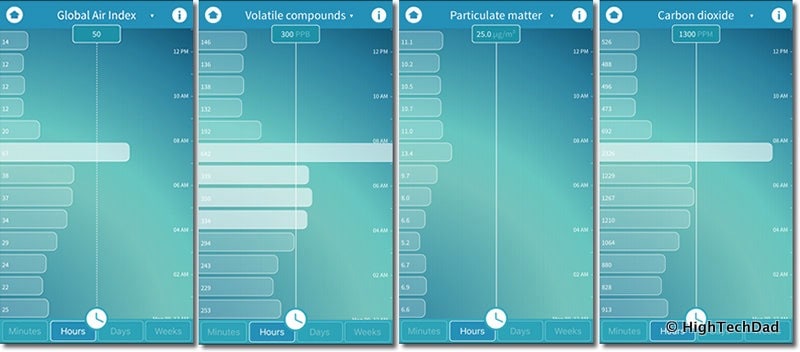
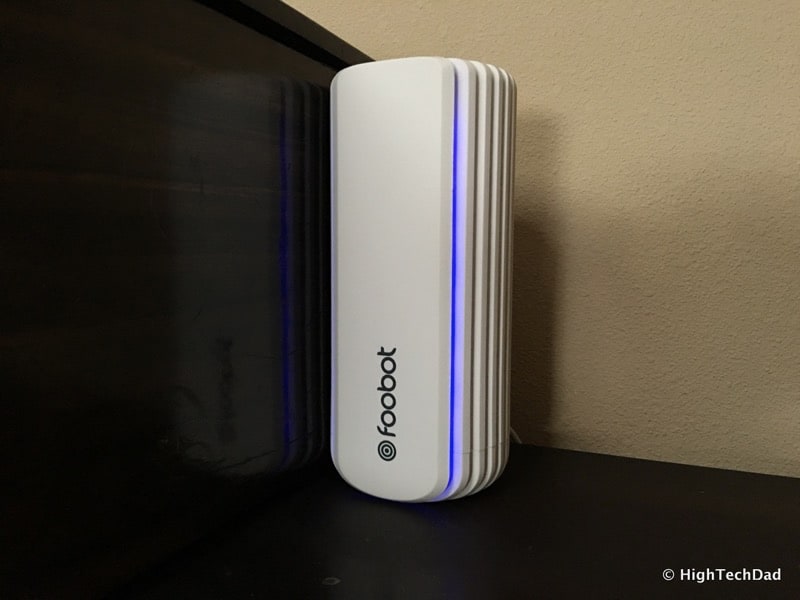
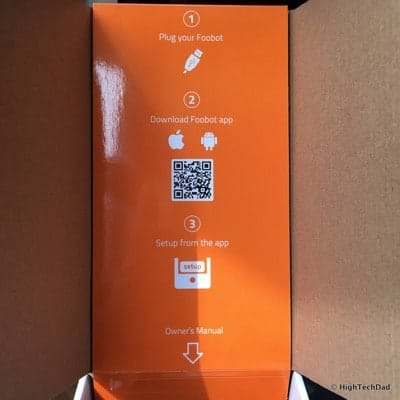
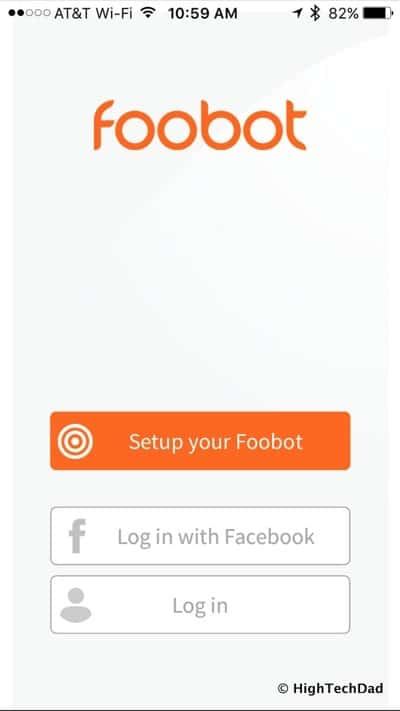
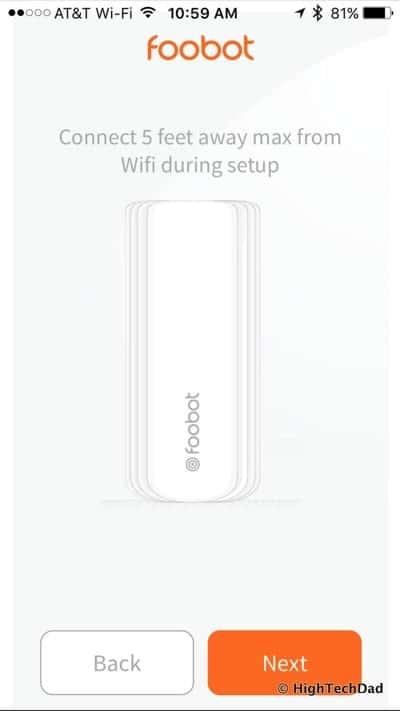
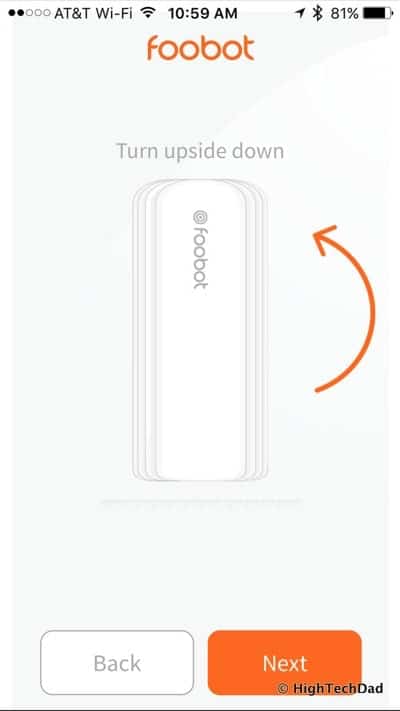
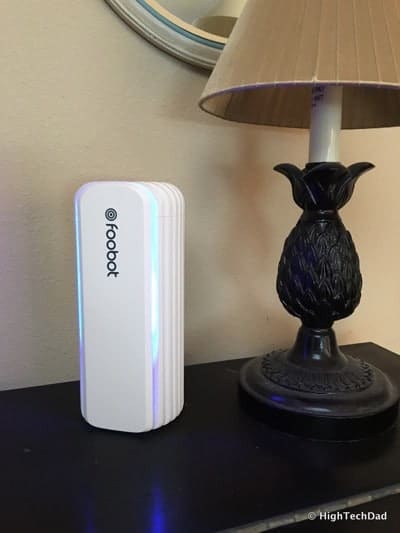
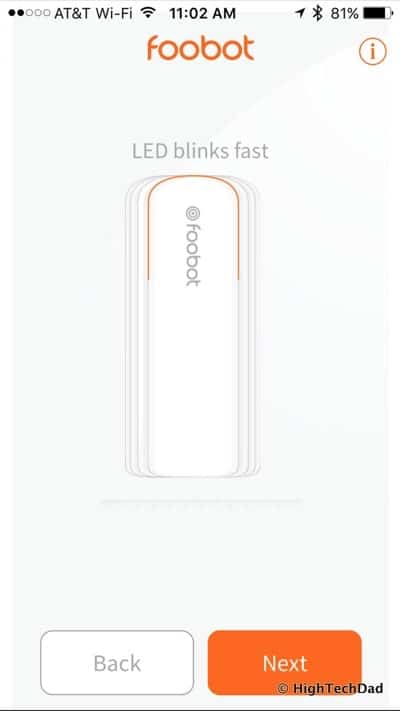
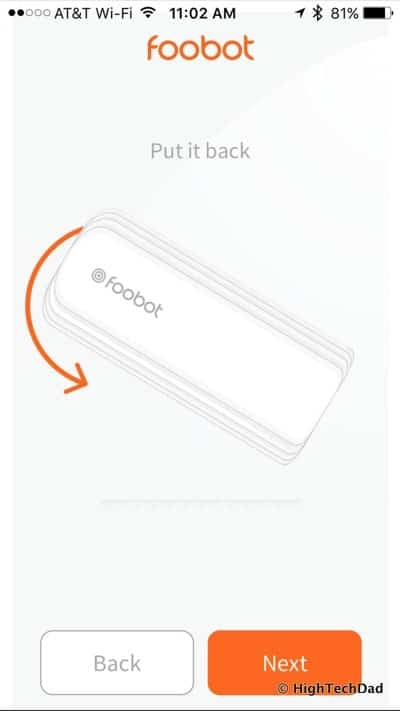
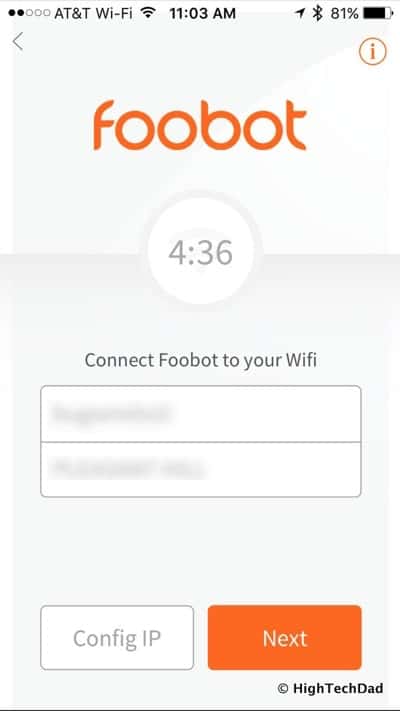

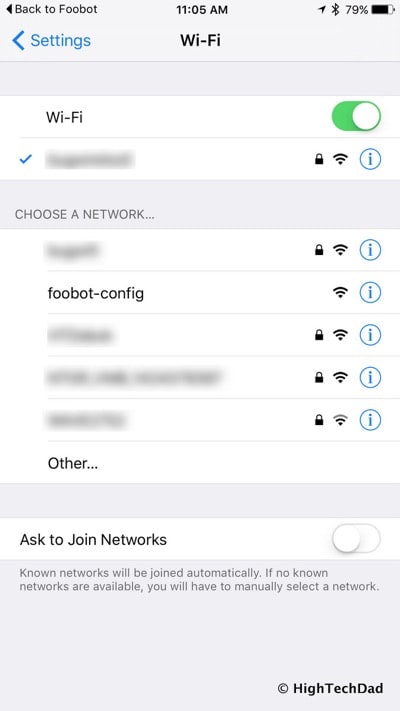
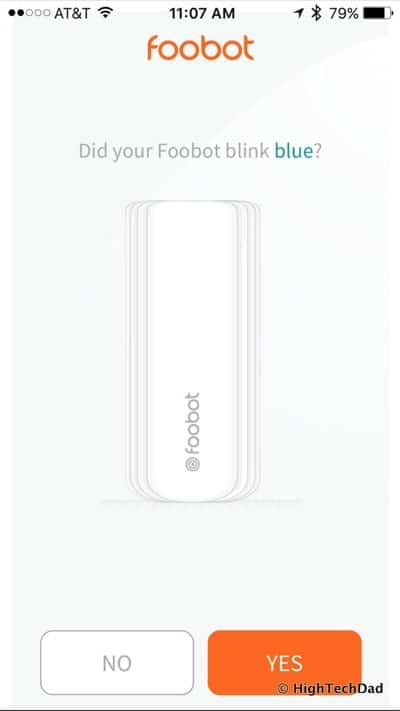

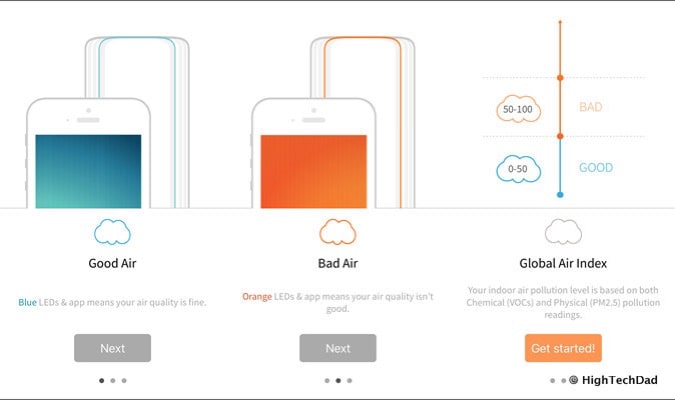
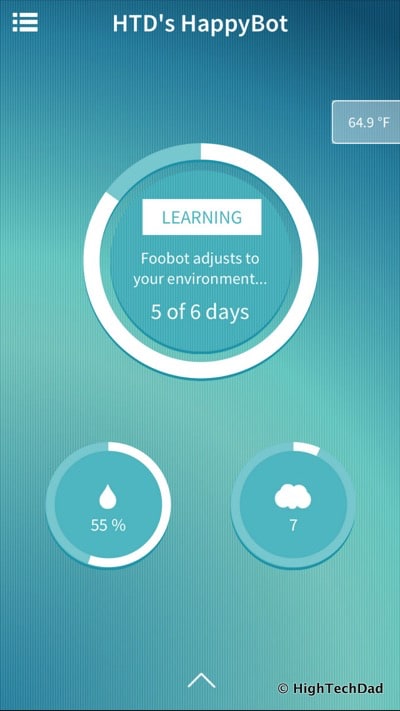
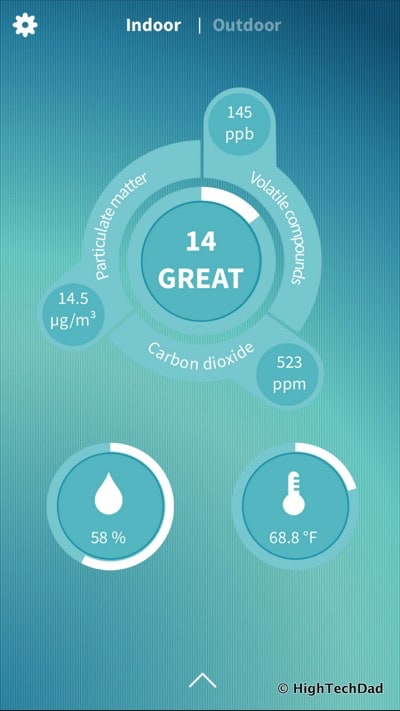
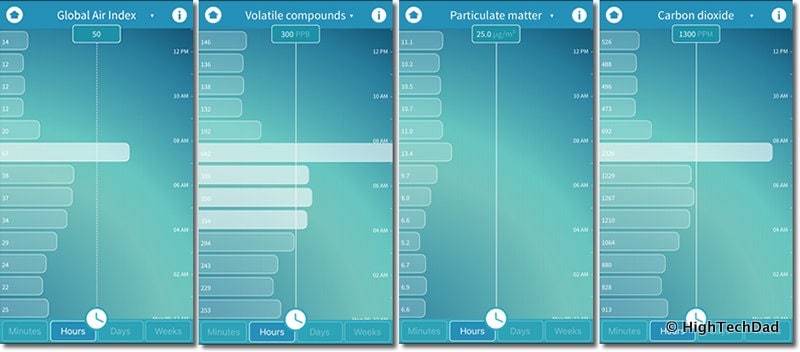
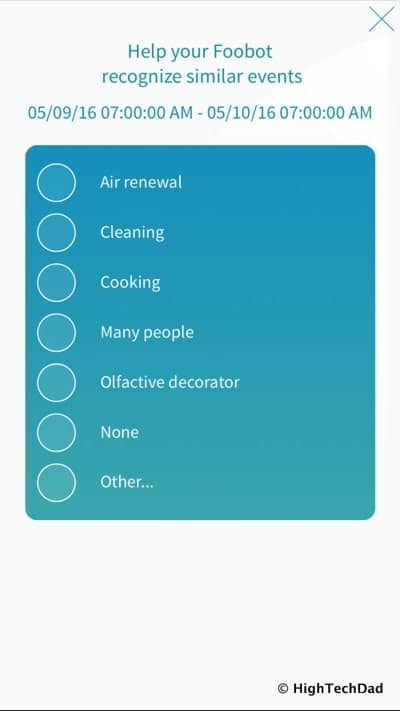
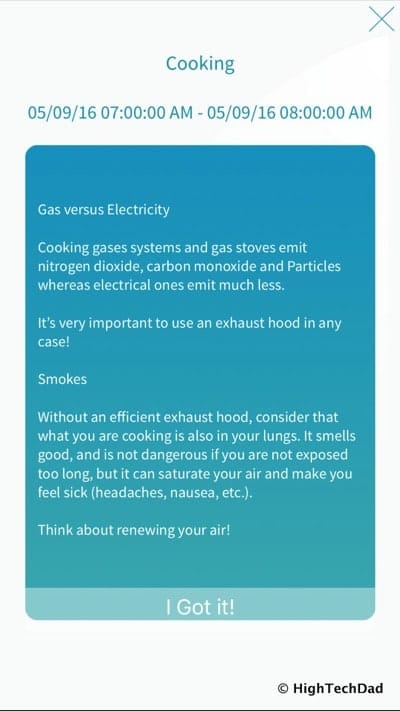
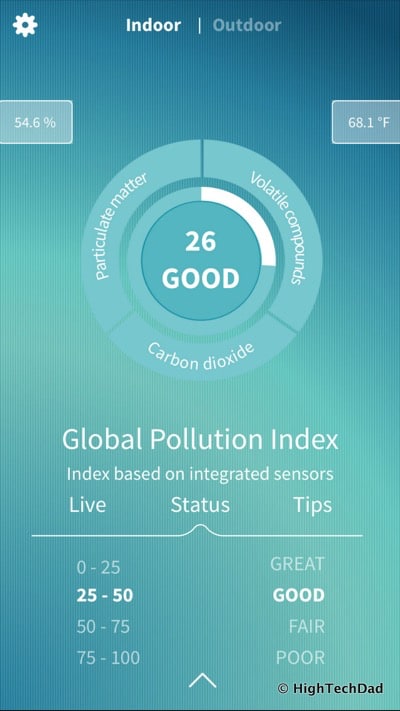
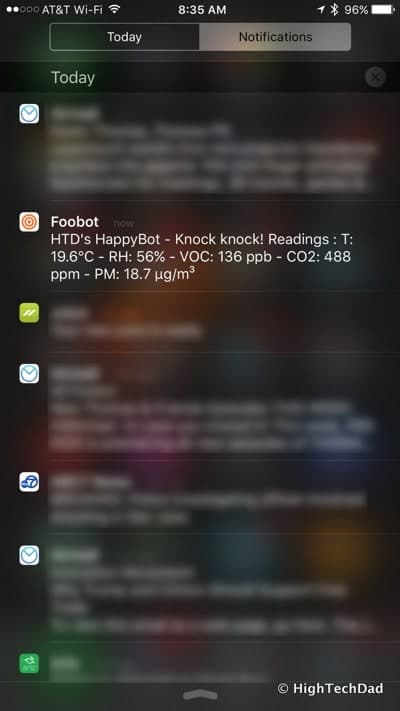
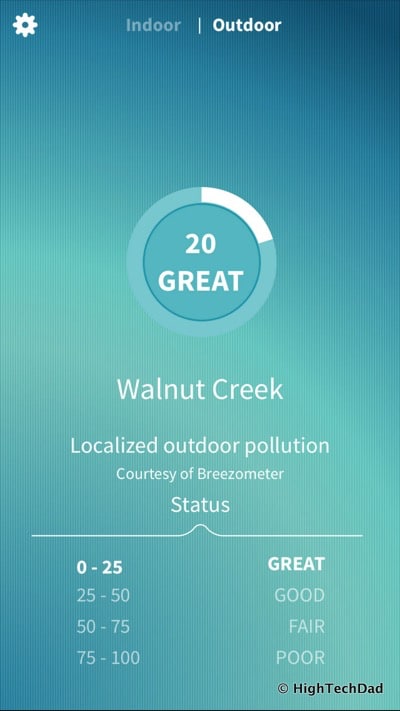
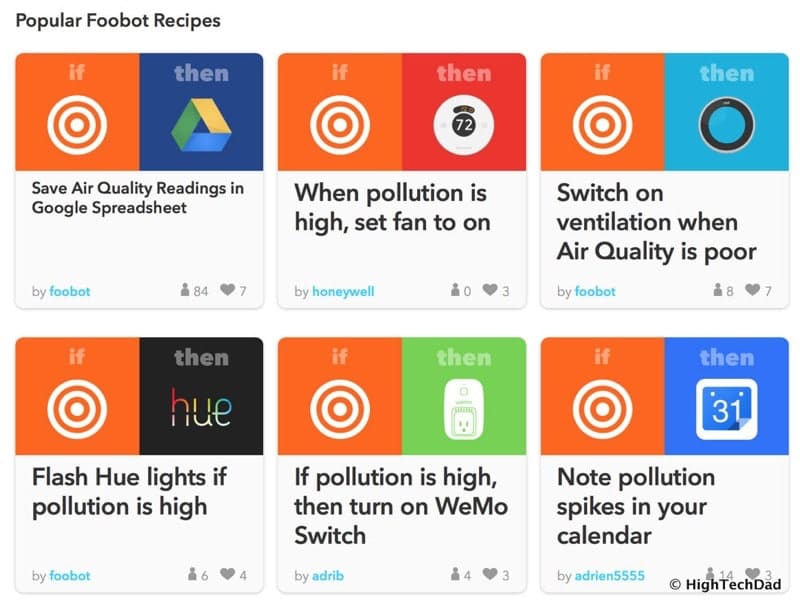
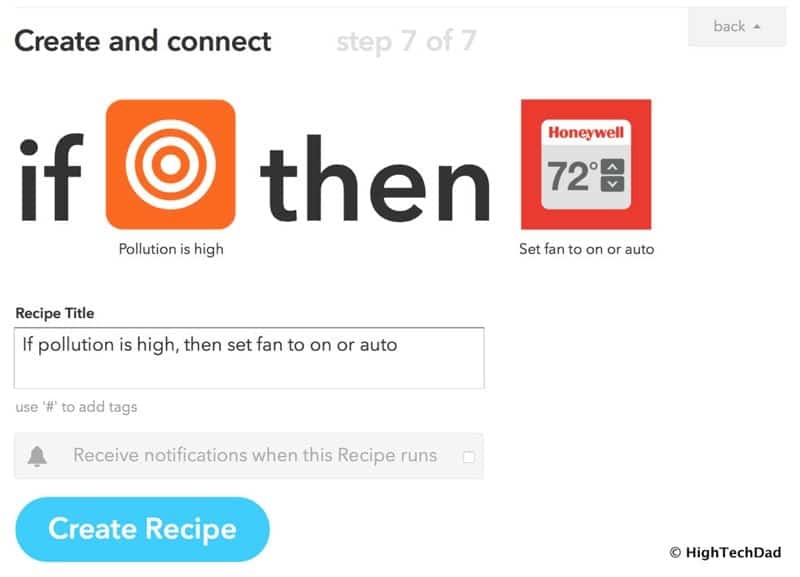


1 comment
Gordon Bamber
I wrote a Windows and Linux application to access your Foobot stats
http://wiki.freepascal.org/Foobot